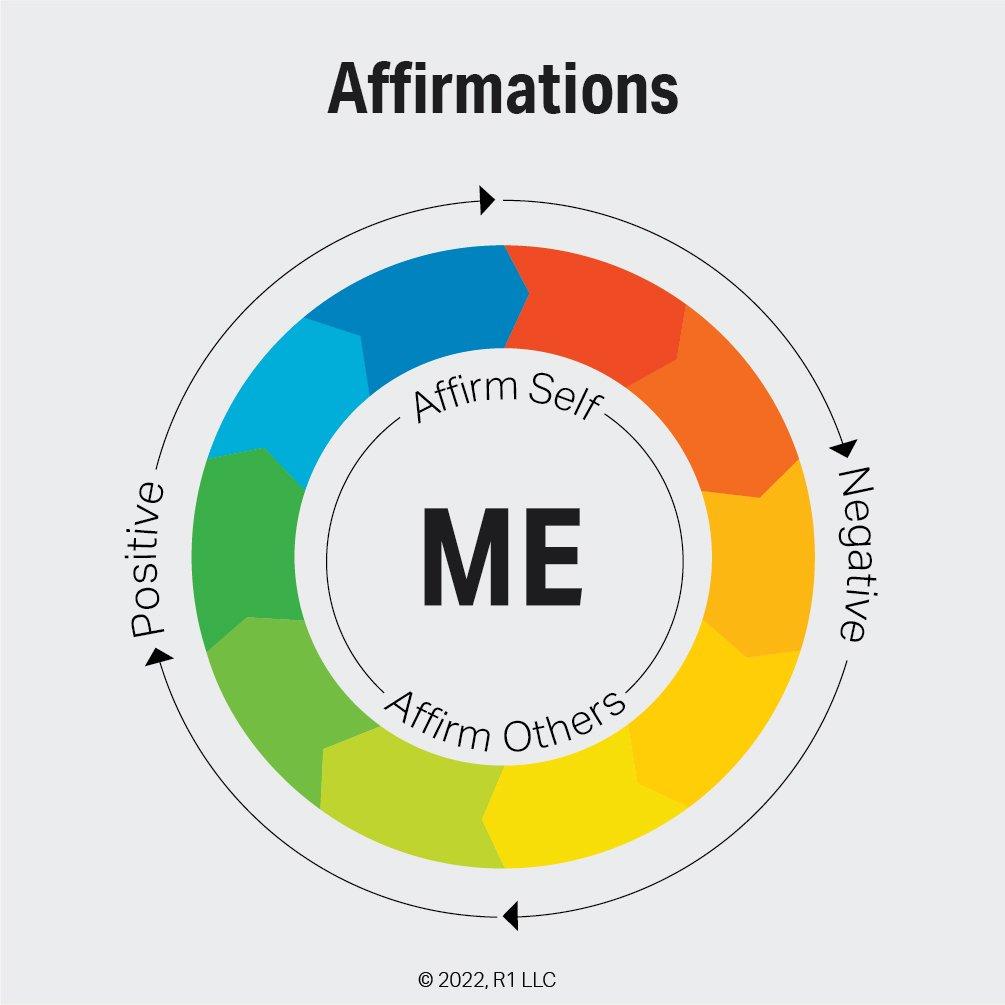In the quiet moments before dawn, as the world teeters between dreams and reality, a curious phenomenon unfolds within the human mind. It’s a delicate dance of thoughts, where whispers of self-doubt often creep in, casting shadows over aspirations and potential. Yet, amidst this internal dialogue, a powerful tool emerges, wielding the ability to transform uncertainty into confidence: positive affirmations. These simple, yet profound declarations serve as a beacon of light, guiding individuals away from the shadows of self-doubt and toward a path of self-assurance. In this exploration, we delve into the role of positive affirmations, unraveling their potential to reshape our inner narratives and fortify our belief in ourselves. Through a blend of science, psychology, and personal stories, we uncover how these affirmations can act as catalysts for change, offering a gentle nudge toward a more empowered self.
Harnessing the Power of Positive Language to Transform Self-Perception
In the intricate dance of self-perception, positive affirmations serve as powerful instruments, fine-tuning the melody of our inner dialogue. These affirmations are more than mere words; they are potent declarations that can reshape our mental landscape. By consistently integrating affirmations into daily routines, individuals can begin to diminish the shadows of self-doubt that often cloud their thoughts. Self-doubt, with its insidious whispers, can be gradually silenced by the steady cadence of positive affirmations that affirm one’s worth and capabilities.
Consider the following strategies to effectively harness this power:
- Consistency is Key: Regularly repeating affirmations helps to engrain positive beliefs into the subconscious.
- Personalization: Craft affirmations that resonate with your unique aspirations and challenges.
- Visualization: Accompany affirmations with vivid mental images to enhance their impact.
By embracing these practices, one can unlock a transformative shift in self-perception, gradually replacing doubt with confidence and clarity.
Understanding the Science Behind Affirmations and Self-Confidence
At the core of self-confidence lies the intricate interplay between our thoughts and emotions. Positive affirmations are short, powerful statements that are deliberately crafted to challenge and overcome self-doubt. These affirmations work by gradually reprogramming the subconscious mind to foster a more optimistic self-view. As we consistently affirm these positive thoughts, they begin to override the negative beliefs that often fuel insecurity. This mental shift can lead to tangible changes in behavior, such as increased resilience in the face of challenges and a more assertive approach to personal and professional interactions.
- Repetition: The effectiveness of affirmations is amplified through repetition. Regularly repeating affirmations helps to cement these positive beliefs in our subconscious.
- Visualization: Pairing affirmations with visualization techniques can enhance their impact. By vividly imagining the scenarios where these affirmations are true, individuals can create a more immersive and convincing experience.
- Emotion: Engaging emotions when stating affirmations can deepen their effect. Feeling the emotions associated with the affirmation as if it were already true can accelerate the process of internalization.
By understanding the psychological mechanisms behind affirmations, individuals can effectively employ them as tools to cultivate self-confidence and diminish the pervasive grip of self-doubt.

Crafting Personalized Affirmations for Maximum Impact
When crafting affirmations tailored to your unique journey, it’s essential to delve into the heart of your self-doubt. Personalized affirmations should resonate deeply with your experiences, addressing the specific aspects of your life where confidence wavers. To create affirmations with maximum impact, consider the following elements:
- Authenticity: Ensure your affirmations reflect your true self and values, avoiding generic phrases that don’t genuinely connect with your personal experiences.
- Present Tense: Frame your affirmations in the present tense to foster a sense of immediacy and belief, such as “I am capable” rather than “I will be capable.”
- Positivity: Focus on positive outcomes and attributes, steering clear of negative language. Instead of “I am not afraid,” try “I am courageous.”
- Specificity: Tailor your affirmations to specific situations or goals, which can make them more relevant and actionable in your daily life.
By carefully crafting affirmations that speak directly to your personal challenges and aspirations, you create a powerful tool for transforming self-doubt into self-assurance. Embrace this practice as a daily ritual, allowing these affirmations to become the seeds of confidence that nurture your inner growth.

Incorporating Daily Affirmation Practices into Your Routine
Integrating positive affirmations into your daily routine can be a transformative practice, subtly yet effectively chipping away at the barriers of self-doubt. Begin by identifying the areas in your life where you feel uncertain or insecure. Craft affirmations that counter these feelings with empowering statements. For example, if you often doubt your abilities at work, you might say, “I am competent and confident in my skills.” Place these affirmations where you can see them frequently—on your mirror, as a phone wallpaper, or in a journal.
- Consistency is key: Recite your affirmations daily, ideally at the same time each day, to build a habit.
- Believe in the words: Say them with conviction, even if it feels unnatural at first. Your belief will grow over time.
- Stay patient: The effects of affirmations may be gradual. Trust the process and remain committed.
Incorporating this practice doesn’t require much time, yet its impact can be profound, creating a mental shift from doubt to empowerment. Over time, these affirmations can rewire your thinking patterns, fostering a more resilient and positive self-image.








